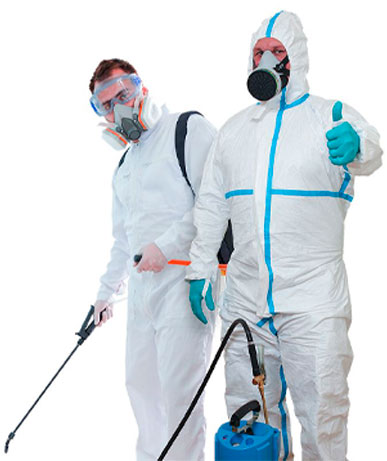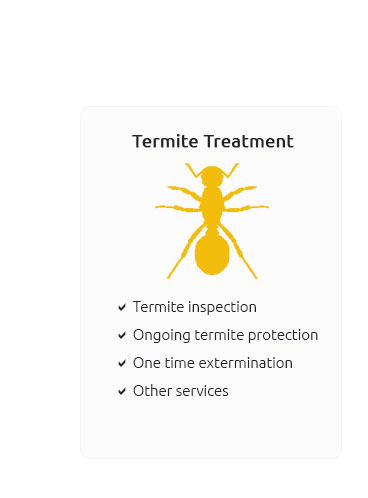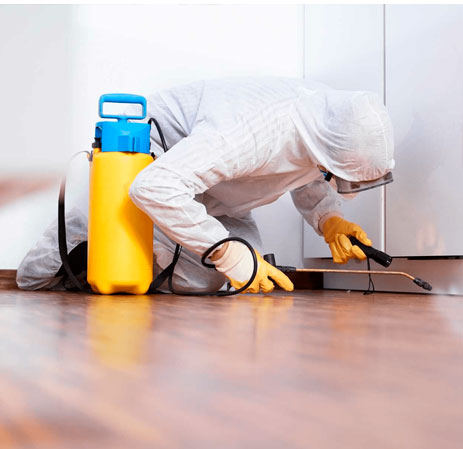 |
|
||||||
 |
 |
 |
 |
 |
 |
 |
 |
 |
 |
 |
 |
 |
|
ai6jhonux3w Eliminate sleepless nights and reclaim your peace of mind with our revolutionary bed bug heat treatment, the ultimate pest control solution that eradicates even the most stubborn infestations in a single, eco-friendly sweep-trust our expert team to safely and effectively heat your home to perfection, ensuring every last bed bug is wiped out with precision and care, because you deserve a sanctuary free from these unwelcome intruders; say goodbye to harmful chemicals and hello to a quick, efficient, and discreet service that puts your comfort first, transforming your living space into a haven of tranquility and security.
https://thermalflowtech.com/killing-bed-bugs-with-heat/?srsltid=AfmBOorQmcn-GLSlhKl9sG5PinGhRx6JZUqYLZZBDRS2fOfGfSVhy1Hb
Heat treatments work by raising the temperature in your home, work space, hotel, or office to above 120 F; preferably between 125F-140F. https://www.reddit.com/r/Bedbugs/comments/10sqev4/exterminator_says_heat_treatment_isnt_effective/
However, she contacted an exterminator group that specializes in bed bugs and they say it's not effective and they prefer pesticides. That ... https://www.vdacs.virginia.gov/pdf/bb-heat1.pdf
Heat is non-toxic, and can kill all bed bug life stages including bed bug eggs. However, heat treatment of any kind (except your home clothes dryer) is still ...
|



